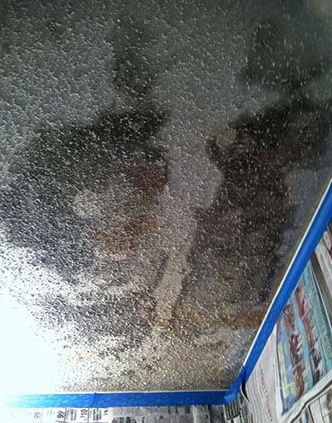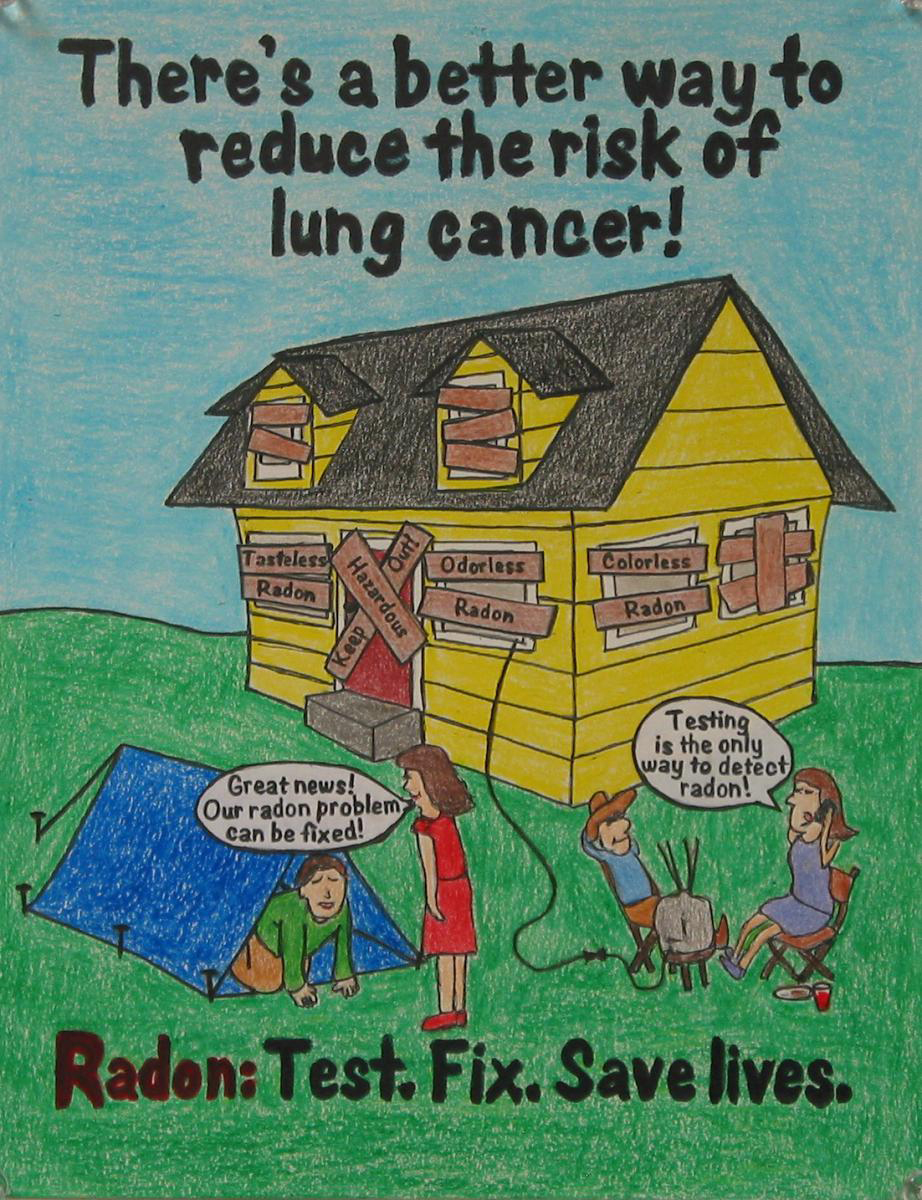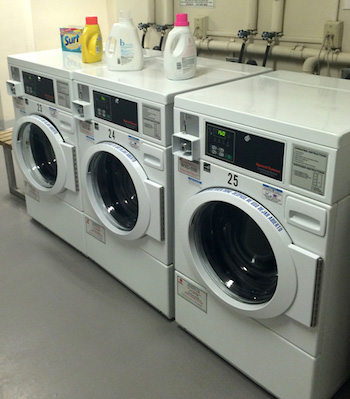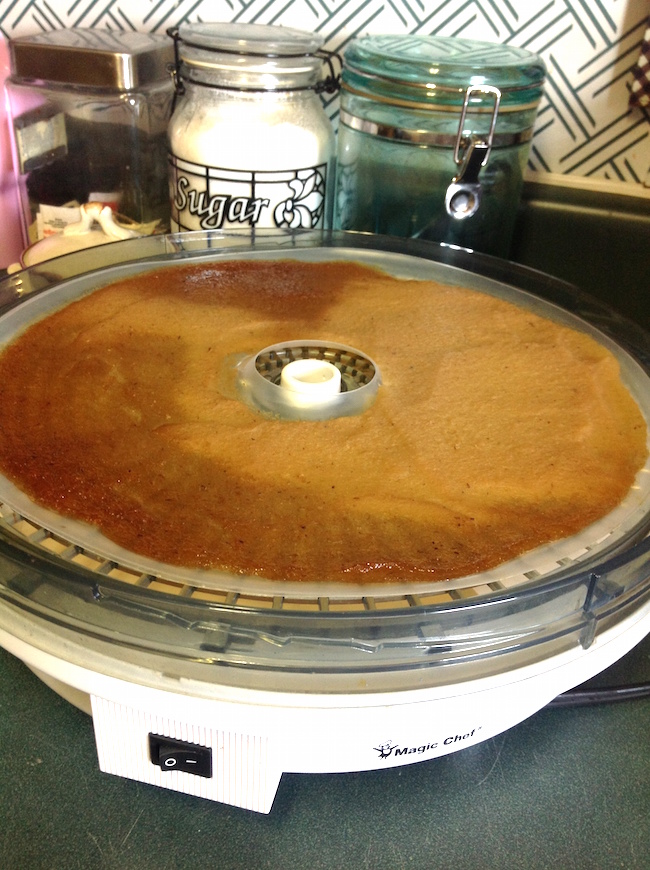People wear additional clothing in the winter to keep their bodies warm. We insulate ourselves to slow down the transfer of our body heat to the atmosphere. Building insulation does the same thing for our homes.
Insulation keeps valuable heat in during the winter season and keeps heat out in the summer. Insulation also helps maintain an indoor climate that is livable without excessive heating and cooling costs.
Helps in winter and summer
House insulation provides resistance to the flow of heat - whether it's heat escaping from a house in the winter or entering the house in the summer. Fuel savings of around one-third in the winter and summer can be obtained by properly insulating your home.
Smaller heating and cooling systems can be installed in an insulated home because less heat is lost in the winter and less heat is gained in the summer. Smaller systems can mean a large savings in the initial equipment investment and reduced utility bills throughout the year.
Another benefit to an insulated house is evenly maintained temperatures. Cold floors and chilly drafts are eliminated when insulation is combined with an adequate conditioning system.
Reduces condensation, too
Condensation, or sweating, on walls can be reduced to a minimum by the use of insulation and proper ventilation. For complete control of condensation, a moisture barrier on the air-conditioned side of the wall is needed. Insulated walls are much warmer in winter and cooler in summer. Insulation results in a smaller temperature difference between the inside wall surface and the room temperature.
The best and least expensive time to insulate is when a home is being built. There is a limit to materials that can be satisfactorily used after construction is completed. For instance, it is impossible to install batt insulation into an existing wall without removing the interior finish material. Blown-in insulation could work if a moisture barrier is provided. However, in most cases, a moisture barrier does not exist. Without some type of moisture barrier, blown-in insulation could cause serious moisture problems. It is also difficult to insulate around heating ducts, plumbing, windows and doors in existing walls.
University of Georgia Extension experts say the easiest and most affordable place to add insulation to an existing home is in the attic. To determine if there is enough insulation in your home’s attic, measure the thickness of the insulation. In Georgia, the typical recommended thickness if R-49 for attics, R-18 for walls and R-25 for floors, according to the U.S. Department of Energy. To maximize the benefit of attic insulation, seal any potential attic air leaks such as areas around lights and fans, electrical and plumbing entryways, knee walls, and open stud cavities.





